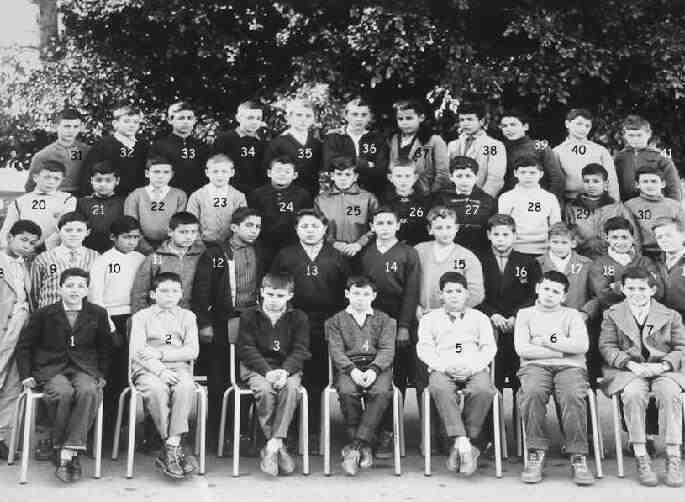
Figure 1.--Here is a portrait of the 6eme class of the Lycee Lamoriciere in 1960. This appears to be the entry level class. The boys wear casual jackets and sweaters with long pants.


Figure 1.--Here is a portrait of the 6eme class of the Lycee Lamoriciere in 1960. This appears to be the entry level class. The boys wear casual jackets and sweaters with long pants. |
We have acquired some images from the Lycee Lamoriciere in the post-World War II period. We know nothing about the history of the school at this time. It looks to us to be a state secondary school. It is an all boys school. There is no school uniform. The boys' clothes thus are a refldection of popular contemporary styles. We see boys in the 1940s and early 1950s wearing a variety of casual jackets and sweatersshort pants, knickers, and long pants. Here age is a major factor, but seasonality may be also involved. By the 1960s the boys are almost entirely wearing long pants.
We have acquired some images from the Lycee Lamoriciere in the post-World War II period. We know virtually nothing about the history of the school at this time. Hoefully a French reader will be able to provide us more information. It looks to us to be a state secondary school. It is an all boys school. We do not know where the school was located. One thing that we do know about the school was that it was a very large school. We notice that for many grades (forms) there are more than one class. Many grades have three classes. There was an additional number associated with each class. I'm not sure what that designated.
We have noted the term lycee being used for a variety of schools, especially in the 19th century. By the 20th century it seems to be used to mean a full term secondary school. This would mean a combined junior and senior high school in American terms. As far as we can tell, most state secondary schools are called lycees. We see Catholic schools with secondary sections called colleges, but the state secondary schools seem to be mostly called lucees.
The images we have of the Lycee Lamoriciere come from the post-World War II era. The images we have found include the late 1940s and early 1960s. We note some substantial changes in schoolwear during this relatively short period. The major shifts we note over time are the increasing popularity of casual styles and long pants.
Grade levels have varied over time. The French educational system valid for the “Lycée” during 1950s was:
6ème (sixième) 6th current age: 11-12,
5ème (cinquième) 5th current age: 12-13,
4ème (quatrième) 4th current age: 13-14,
3ème (troisième) 3rd current l age: 14-15,
2ème (deuxième) ou 2nde (seconde) current age : 15-16, and
Terminale ( Mathelem, Science ex, Philo, Math Technique) age : 17-18.
There is no school uniform. The boys' clothes thus are a refldection of popular contemporary styles. We see boys the younger boys in the 1940s and early 1950s wearing casual jackets and sweaters with a variety of short pants, knickers, and long pants. Here age is a major factor, but seasonality may be also involved. By the 1960s the boys are almost entirely wearing long pants. The older boys appear to dress more formally in suits and ties, at least for the school portrait.
The differet grade levels in various countries often make it difficult to compare the different accounts archived on HBC because it is not always clear just how they compare. This is complicated by the different terms used for the schools in various countries. Grammar schools and public schools in America and Britain are very different types of schools. Lycee in France has been used differently, meaning a prinmary school in the 19th century and a secondary school in the 20th century. Here we have detailed the different school levels in France to help clarify how they compare with American schools.
Related Chronolgy Pages in the Boys' Historical Web Site
[Main Chronology Page]
[The 1880s]
[The 1890s]
[The 1900s]
[The 1910s]
[The 1920s]
[The 1930s]
[The 1940s]
[The 1950s]
[The 1960s]
[The 1970s]
[The 1980s]
Related Style Pages in the Boys' Historical Web Site
[Main school uniform page]
[Main country page]
[Long pants suits]
[Short pants suits]
[Socks]
[Eton suits]
[Jacket and trousers]
[Blazer
[School sandals]
Navigate the Boys' Historical Clothing Web Page
[Introduction]
[Activities]
[Bibliographies]
[Biographies]
[Chronology]
[Clothing styles]
[Country]
[Essays]
[Photography]
[Contributions]
[FAQs]
[French glossary]
[Satellite sites]
[Tools]
[Boys' Clothing Home]
